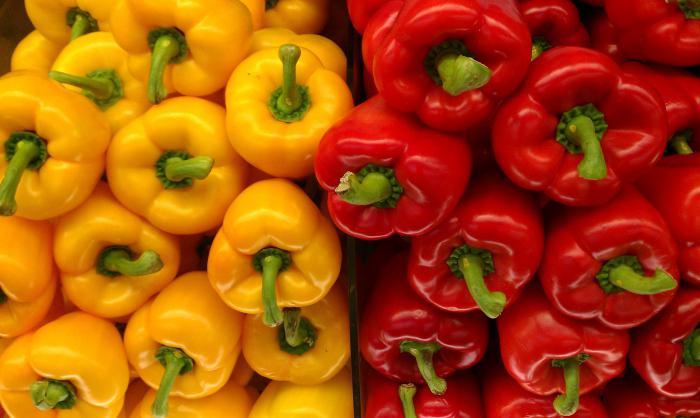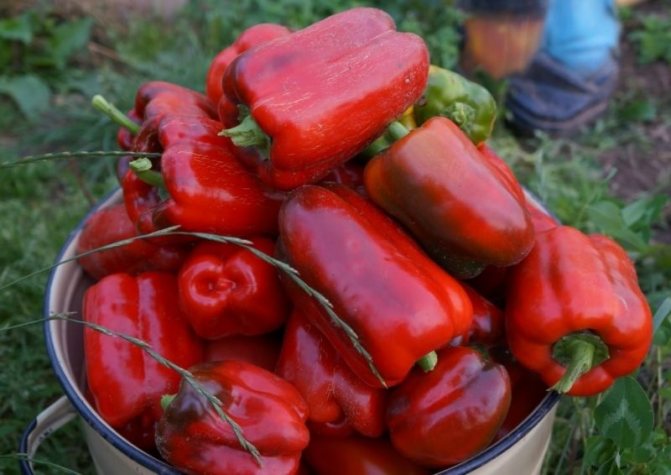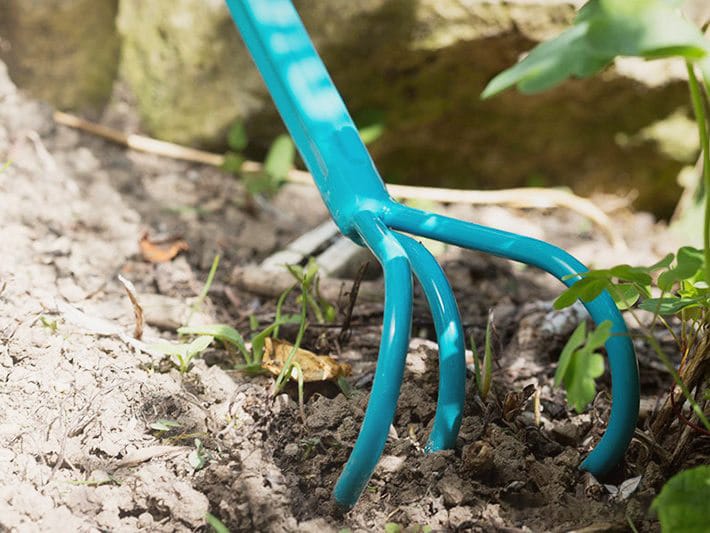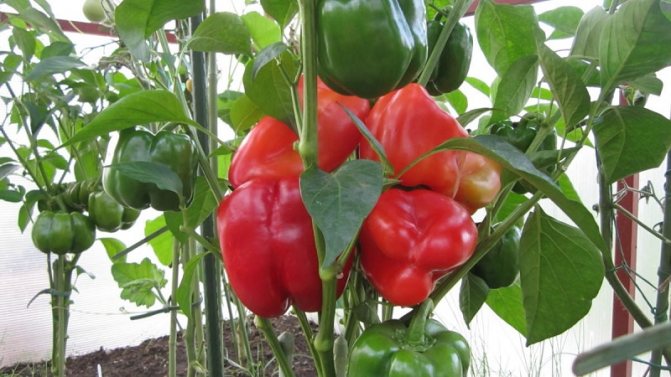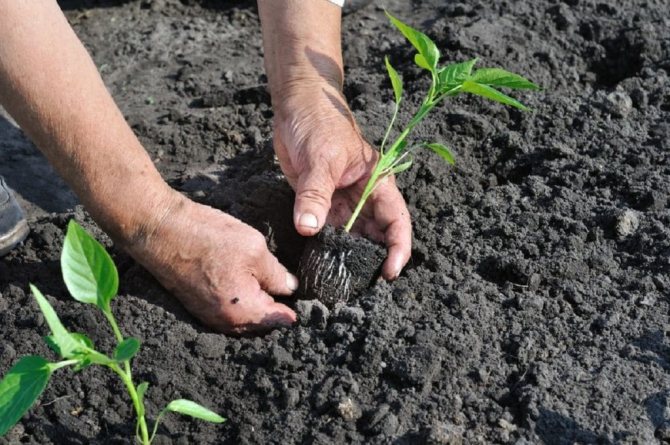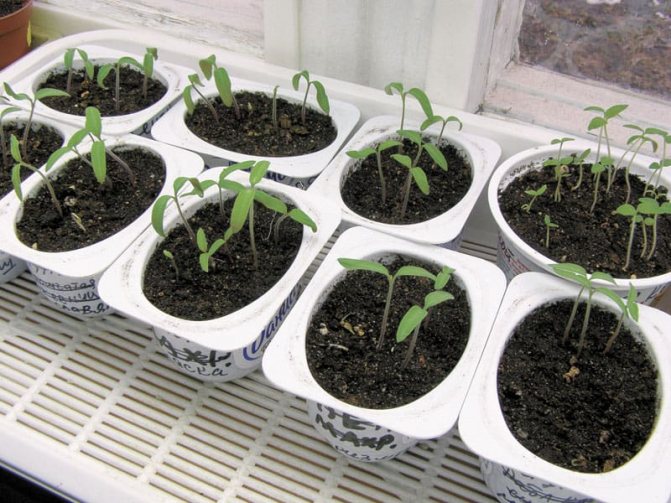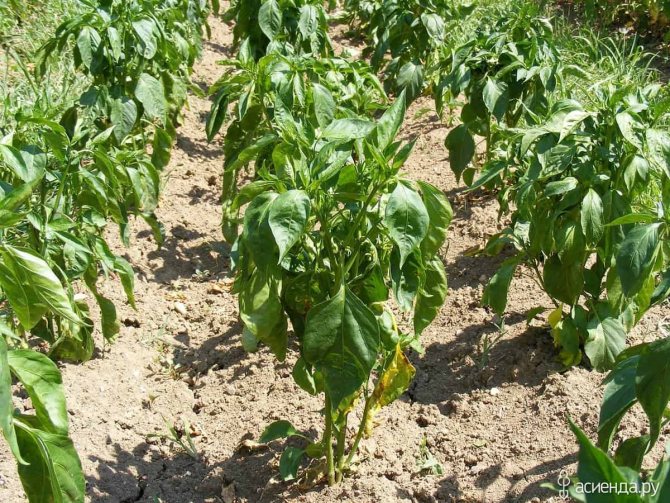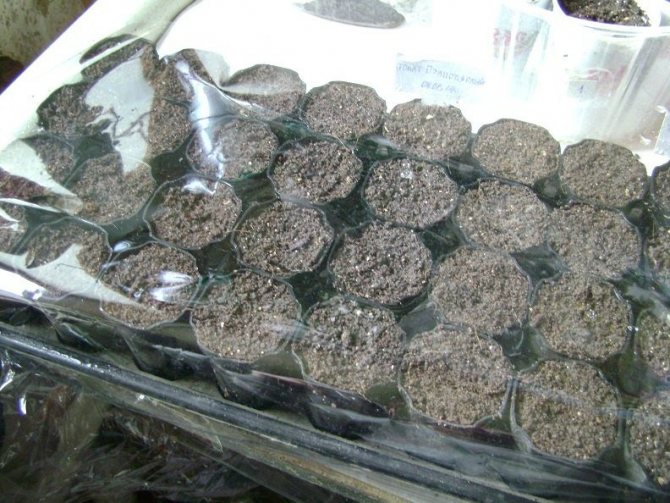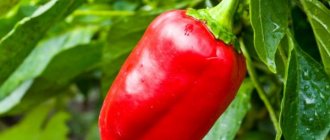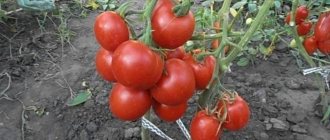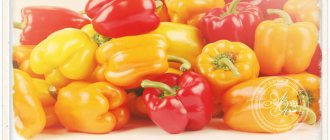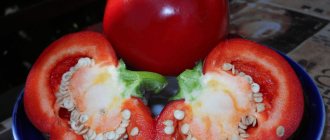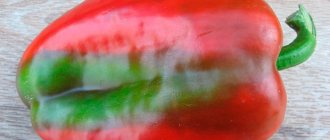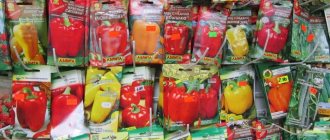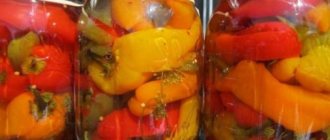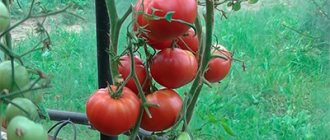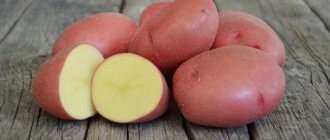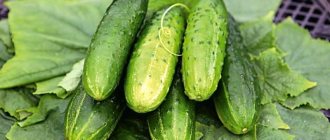Pepper California miracle reviews, photos, yield, characteristics and description of the variety which are presented in this article, is suitable for growing not only for experienced, but also for novice gardeners.
Pepper variety California miracle is very popular not only in Russia, but all over the world. It combines the advantages of many varieties of sweet bell peppers, but there are practically no disadvantages. In this article, you will learn the characteristics of the variety and fruits, all its advantages and disadvantages, as well as the features of cultivation.
Description of the variety
The California miracle belongs to the sweet varieties of bell peppers and has long been known in our region. The variety has characteristics that allow it to compete with modern hybrids.
Did you know? In South America, a pepper variety called Bell is bred, the shape of which is more like a flower bud. In addition, this exotic vegetable has combined the flavors of sweet and hot peppers in one fruit (the top is hot, it becomes sweeter from top to bottom).
Distinctive features of the variety:
- mid-ripeness with a growing season of 115–120 days until technical ripeness, for a rich color it will take about two more weeks;
- a powerful bush up to 80 cm high with thick stems and large leaves;
- cuboid fruits with characteristic ribbing;
- the weight of one pepper is from 90 to 140 g, the wall thickness after complete coloring is up to 10 mm;
- the skin is shiny and smooth, red in color.

Fruit quality and yield:
- peppers have a sweet taste with a characteristic aroma and smell;
- sugar content is one of the highest;
- the variety has excellent preservation and transportability;
- fruits are used fresh and for heat treatment, including stuffing and conservation;
- 7-10 fruits are removed from one bush.
Advantages and Disadvantages of Sweet Pepper Californian Miracle
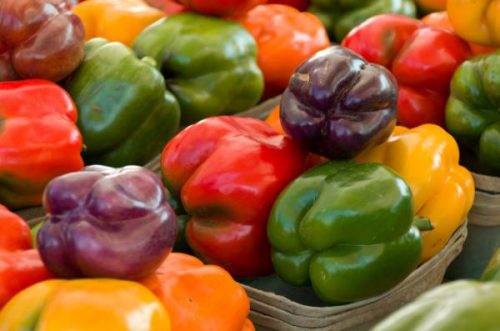

The California miracle variety has been grown by gardeners in many countries for a long time, and this fact alone proves its excellent properties. These include:
- high yield, since with good care it is possible to remove up to 10 kg from one square meter of the garden);
- resistance to unfavorable conditions (the variety is successfully grown by summer residents even in regions of risky farming);
- excellent taste of fruits;
- excellent presentation.
Peppers of this variety are sweet, crunchy, in addition, they look very elegant and beautiful on the bushes. Usually gardeners (especially in regions with harsh climatic conditions) do not wait for the peppers to ripen on ridges and in greenhouses, removing them in a state of technical maturity (that is, green). But if the fruits are left to ripen (for example, to get their own seeds), then the appearance of the plants is very impressive.
The variety is resistant to a number of diseases of peppers (to verticillium, mosaic), but preventive measures, as well as compliance with the basic rules of agricultural technology, are still required. Since the California miracle is a variety, summer residents also harvest their seeds, getting very good results in the season.


There are no shortcomings, but in order to get the yield withered by the producers, it is necessary to provide the plants with good care. The variety is quite picky about good lighting, soil fertility, but this can hardly be attributed to the "minuses", rather, to the peculiarities of cultivation.
How to grow seedlings yourself at home?
The variety is grown according to traditional technology by sowing seeds for seedlings. You can use both purchased and self-harvested seeds. The fruit from which the seed is collected is selected fully ripe and removed from the best bush.
Did you know? Bell peppers rank second in vitamin C, overtaking citrus fruits, black currants and other vitamin C sources.
Sowing time
Seedlings are planted in open ground at the age of three months. In this regard, the seeds are planted at the end of February. Earlier sowing is possible subject to additional artificial illumination of plants, which will ensure the required duration of daylight hours.
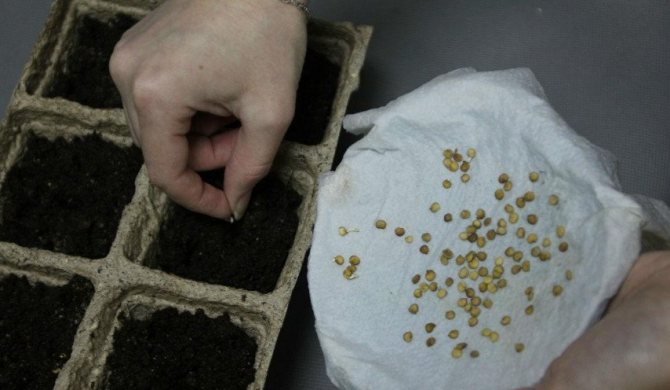

The soil
For growing seedlings, you can purchase soil from a store or garden center. If you have access to sod land, you can prepare the potting mix yourself.
The following proportions are suitable:
- 2 parts of sod land;
- 1 part of fine sand and peat.
In order for the seedlings to grow healthy, the soil mixture must be free of pathogens and pest larvae.
Find out what to do if the pepper does not grow or grows poorly.
Sod soil is disinfected by watering with a solution of potassium permanganate, or in one of the following ways:
- steaming for 7-8 minutes;
- calcining in the oven for 30 minutes (at + 70 ... + 90 ° С);
- freezing and thawing of the soil (at –15 ° С, repeat up to three times).
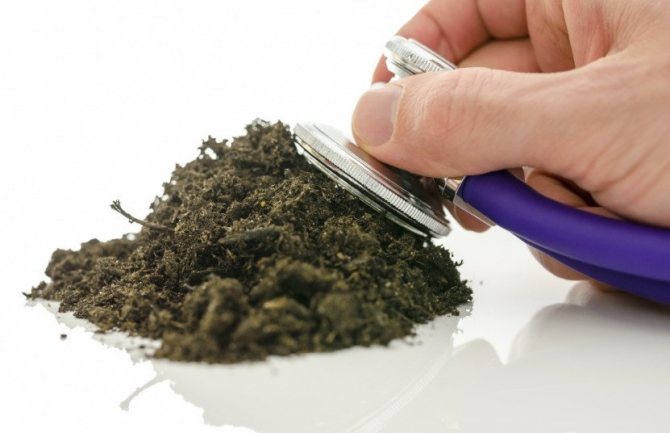

Capacity
The assortment of stores includes plastic and peat containers for seedlings. For sowing without picking, individual glasses are suitable, and if you plan to transplant plants, use a common shallow container for the first stage. A cover or film must be prepared to provide a similar greenhouse environment after sowing.
Seed preparation
Pepper seeds are distinguished by good germination, but in order to ensure the best result, it is recommended to carry out a number of additional treatments.
Important! The best germination rate is possessed by seeds at the age of 1
–
2 years, then it's better to collect new material.
Having manually selected the largest seeds, they are subjected to the following procedures:
- placed in a saline solution (3 g of salt per 1 liter of water) and “drowned” specimens are selected;
- etched with a weak solution of potassium permanganate for 15–20 minutes;
- treatment with growth stimulants (according to instructions).
If the seeds are planted sprouted, they must be placed on a damp cloth or gauze, wrapped in foil and left in a warm place until roots appear (1-3 days). Weak specimens are discarded.
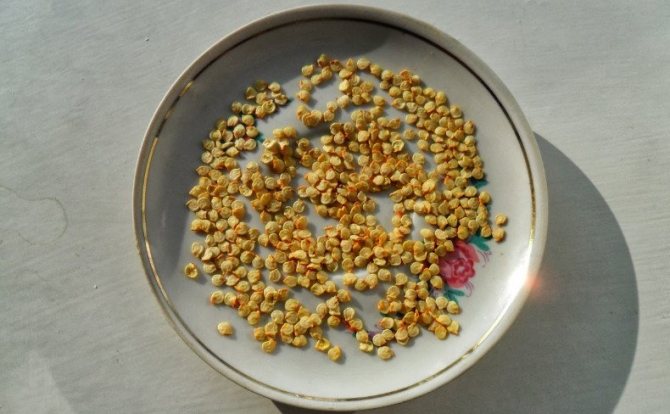

Sowing seeds
The seeds are planted to a depth of 1 cm, sprinkled with earth and watered with warm water from a spray bottle. Since the pepper reacts poorly to transplantation, the seeds are planted in individual containers or leaving large gaps between future sprouts. In this case, it will be easy to "load" the sprouts with an earthen lump. The inoculated container is covered with glass or foil and removed to a warm place (+ 26 ... + 28 ° C).
Seedling care
When the seedlings have appeared, the shelter is removed and the plants are rearranged in a bright place, if necessary, supplementing the planting with lamps. The temperature must be maintained at a level of + 20 ... + 25 ° C. Watering of seedlings is carried out as the top layer of the soil dries up, using settled warm water. If the plants are planted in a common container, the transplant is carried out after the appearance of two true leaves. Having a weak root system, pepper seedlings after transplantation slow down their growth and recover for a long time.
Important! Pepper seedlings need 12-hour light day!
Therefore, the container must be watered the day before so that the soil has an optimal density and does not damage the roots. The plant is carefully removed with a lump of earth and transplanted without deepening the growth point. Unlike tomatoes, you cannot cut off the central root when transplanting peppers!
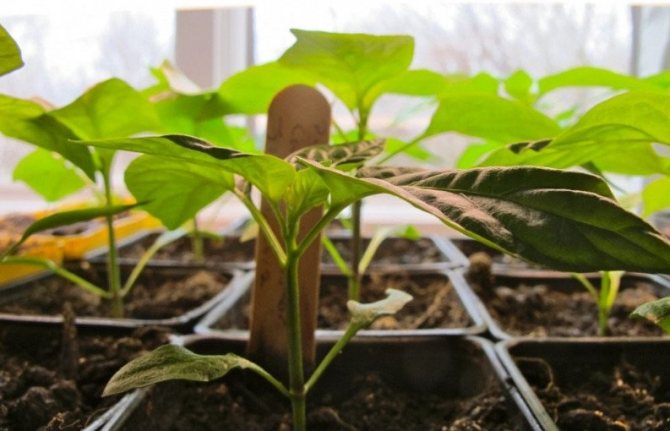

If the potting mix is properly prepared and the plants look healthy, no fertilization is required. In other cases, the first fertilization is made with nitrogen-potassium mixtures 7 days after the first transplant. The second top dressing with an increased content of phosphorus and minerals is applied 4 days before the planned planting in open ground.
Hardening of seedlings
Ten days before transplanting, the seedlings begin to harden: they are taken out into the open air, gradually increasing the "walk" time. In recent days, peppers should spend full daylight hours outdoors. The air temperature should not fall below + 13 ° C. For hardening, choose a place that is not blown by drafts and is not scalded by direct sunlight.
The secrets of growing California Miracle sweet peppers
All agricultural techniques are common, the measures are standard, but not all gardeners (for various reasons) follow the recommendations. It all starts with preparing seeds and growing seedlings.
Growing seedlings
The California miracle grows in the plots of summer residents of the middle lane, in the greenhouses of gardeners in the Urals, northern regions of Russia, and Siberia. And they all grow culture through seedlings.
Sowing dates are determined based on the climatic features of the area: in the middle lane they sow already in mid-February (landing in May), in the northern regions and beyond the Urals a little later, late February - early March.
The seeds must be disinfected (potassium permanganate solution, kept for 15-20 minutes), then washed with clean water. After that, the pepper can be soaked in a growth stimulator, a solution of wood ash, then slightly dry.
The next step is to germinate the seeds in a damp cloth (cotton, gauze), and when they bite, they can be sown in pots. Plants do not tolerate picks well, therefore it is recommended to sow sweet peppers immediately in separate containers.
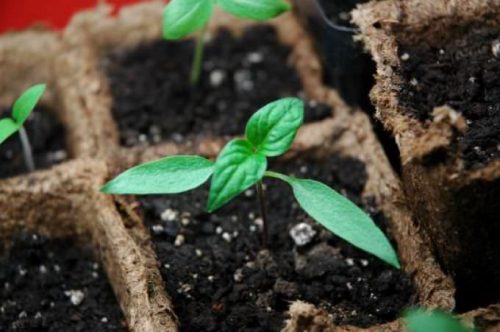

The soil and pots are prepared in advance so that the germinated seeds are immediately placed in the ground. Gently irrigate the soil with warm water, cover with foil and remove to a warm place.
The temperature must be at least + 23ºC.
As soon as sprouts appear, the film is removed, the pots are inserted into the light and the temperature is slightly reduced (up to + 18ºC). For about 6-7 days, the seedlings should be in such "Spartan" conditions, and then the temperature is raised again and kept stable (+ 23ºC… + 25ºC) until the seedlings are hardened.


A remedy from which plants grow by leaps and bounds! Just water your plants with it. Read more.
- watering (only with warm water);
- neat loosening;
- top dressing.
Two weeks before the planting of pepper seedlings to a permanent place (in a greenhouse or on a ridge), they must be tempered. To do this, the seedlings are taken out onto the balcony, loggia, open veranda (first for two or three hours), then every day they increase the time they spend in the fresh air.
Transplanting
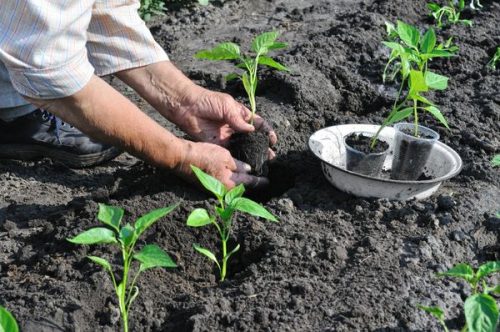

The bed and greenhouse for peppers are prepared in the fall. The soil is dug up, humus, compost, and wood ash are added.
Bushes are planted only when the soil warms up to + 15ºC, when there is no longer a threat of recurrent cold snaps. In most regions of the country - this is mid-late May, the gardeners of the North-West plant peppers in early June.
Seedlings are planted in holes, the distance between them for the California miracle variety is at least 30 cm.
When and how to transplant seedlings to a permanent place?
Peppers are transplanted into open ground after the threat of freezing has disappeared, which occurs in late May - early June. You can plant seedlings in the greenhouse earlier. For landing, choose a site on a sunny, wind-free place. The best precursor plants for this crop are cabbage, legumes, onions, and cucumbers. Avoid planting after nightshades and do not plant peppers on the same bed again.
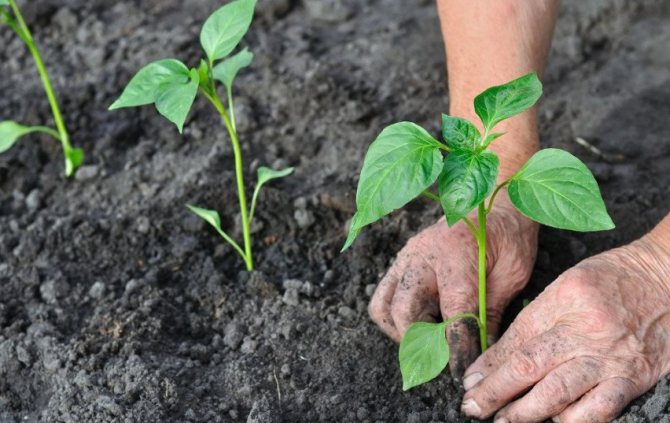

A cloudy day is chosen for transplanting, when the temperature on the soil will be + 15 ° C.Plants are planted with an interval of 40 cm into the soil previously spilled (5 days before) with a weak solution of copper sulfate (1 teaspoon in a bucket of water). As with the first transplant, the plants are planted at the same depth and the stem is not buried. After planting, water the seedlings with warm water.
Important! Pepper is characterized by cross-pollination, so sweet and bitter varieties should be planted as far apart as possible.
Pepper care
The California yellow miracle is an unpretentious plant, but this does not mean that it does not need to be looked after.
Watering
If there is not enough moisture in the soil, then the growth of the plant will slow down. Water it regularly and at the root. To do this, use well-heated water. When growing bushes in a greenhouse, not only the ground is watered, but also the aisles with paths. This will help maintain the required humidity level and increase yields.
Soil care
Several times a month you need to loosen the soil. This is done very carefully so as not to accidentally damage the roots of the plant. To avoid weeding often, the soil must be mulched. For this, the ground is covered with a layer of straw, sawdust, humus or grass cuttings.
Top dressing
Sweet bell peppers should be fed several times per season. The first feeding is carried out immediately after the first leaves appear on the bushes. The next one should be done only after 2-3 weeks. Nitrogen fertilizers should be used very carefully, as they may reduce the number of ovaries.
How to care outdoors?
Caring for the California Miracle is straightforward and includes agronomic techniques common to other peppers.
Watering
Perform under the root with exceptionally warm water. Cold water can cause slow growth and low yields. Depending on the weather and mulch availability, you may need to water one to two times a week.


Fertilization
Three times a season, plants are fertilized with infusions of humus, manure or complex mineral mixtures (at the root). The first top dressing is applied 14 days after planting, then during flowering and at the stage of fruit pouring.
Learn how to feed peppers during flowering and setting.
When the ovaries and flowers fall off, spraying with a solution of boric acid (1 teaspoon per 10 liters of water), and if the fruits are formed slowly - with a solution of superphosphate (1 teaspoon per 5 liters of water).
Tillage
Peppers need loose, weed-free soil. It is easier to achieve this result with mulching. During planting, the ground under the bush is covered with hay, dried cut grass, a mixture of sawdust.
Such a shelter allows you to solve several problems:
- protects the soil from drying out and overheating;
- keeps the soil loose;
- limits the growth of weeds;
- protects fruits from pollution and high humidity.
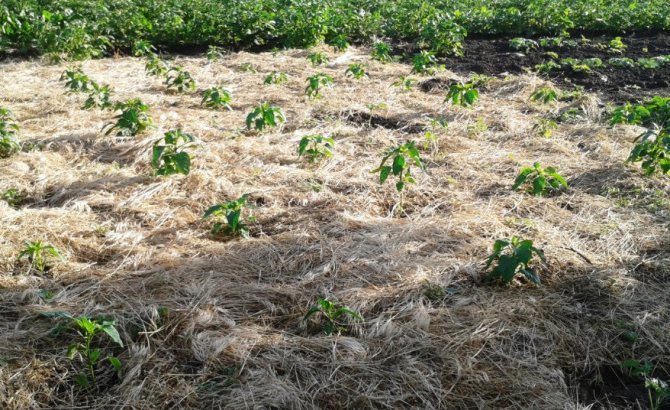

Stepping and tying bushes
In order for the bush to branch well, they carry out pinching and molding. When the plant reaches 30 cm, the top bud is removed. Weak shoots of the second row are pinched, leaving 2 strong stems. On the resulting lateral shoots, only a strong branch is left, cutting off the rest under the first leaf. It is believed that the variety does not need tying, but it is worthwhile to approach this recommendation individually and it is better to tie bushes with a large number of fruits.
Diseases and pests of sweet pepper
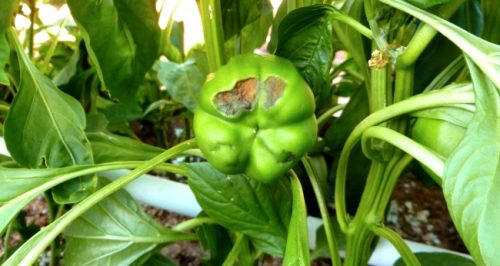

Despite its resistance to many infections, the California miracle needs preventive measures. And most importantly, you must follow the rules for growing the variety: water correctly (and not flood the plants), do not thicken the plantings too much, do not abuse the application of fertilizers (especially nitrogen).
To prevent the appearance of pests (aphids, slugs, spider mites) will allow loosening the soil, mandatory cleaning of all weeds, plant residues from the beds and from the greenhouse. If an "enemy" is noticed on the pepper bushes, then the plants can be treated with an infusion of tobacco dust, ash with the addition of laundry soap.
Read also: Zucchini Hare's ear: description, photo, reviews
Observance of crop rotation, correct moderate watering, preventive treatment of plants with Bordeaux liquid (only in the first stages of cultivation) allows to prevent such diseases as rot, alternaria.
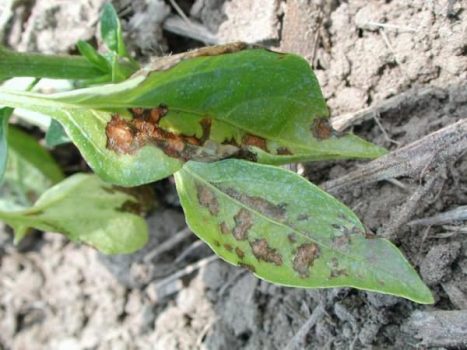

Harvesting
To prolong fruiting, the peppers are removed at the stage of technical ripeness, leaving to ripen and fill with color in the room. It is better to cut off the fruits with a pruner or knife, so as not to damage the plant. The leg is left on the pepper, this increases the shelf life.
We recommend that you find out how to store peppers at home so that they turn red.
The fruits of the California miracle are stored in a cellar or refrigerator. At a temperature of about + 2 ° C in a dark place, ripe peppers can be stored for up to six months, and at a higher temperature - up to two months. Whole (peeled) or chopped, the vegetable is suitable for deep-freezing.


Suitable for all sweet pepper dishes, for example:
- fresh salads and snacks;
- pepper stuffed with filling;
- vegetable soups and stews;
- conservation and pickling.
Sweet pepper California miracle has earned many positive reviews from gardeners from various regions, who note the high taste and easy care of this plant. Despite its long history, the variety does not give up its position in front of new hybrids in the conditions of the infield.
Seedling care
After the first leaves appear, the pots with bell peppers need to be moved to a room with additional lighting. You should also remove the plastic wrap so that the plant gradually gets used to the new conditions. The optimum daytime temperature for cultivation is 25 ° C, and the evening temperature is not lower than 10-15 ° C.
You need to water the seedlings two to three times a week. For this, it is recommended to use warm water with a temperature of about 35 ° C. If you water it with cold liquid, the yellow pepper bushes can get sick and die over time.


The soil can be treated with mineral fertilizers several times a month. However, if all the conditions for growing pepper are met, then you can do without it.
Testimonials
Variety The California miracle has earned a lot of accolades... Here are some of the gardeners' impressions of this pepper.
Valentina, Tver: “This is my favorite kind of pepper - large, fleshy, aromatic. I use it in salads and seaming. It looks very nice in salads, because there are yellow and red varieties of the variety. It is very fruitful, and easy to care for and resistant to disease. "
Olga, Yekaterinburg: “The California Miracle variety is very good. I have been planting it for many years. Bushes are strong, durable. The peppers are large and have a delicious taste. I always recommend this variety to all my friends, it deserves attention! "
Read also Pinus peuce jacobsen gelb
Tatiana, Krasnodar: “Once I took a packet of the California miracle for a sample. And I liked this variety so much that now I plant it from my seeds. The peppers are large and tasty. The harvest is rich, it is also enough to share with the neighbors. "

